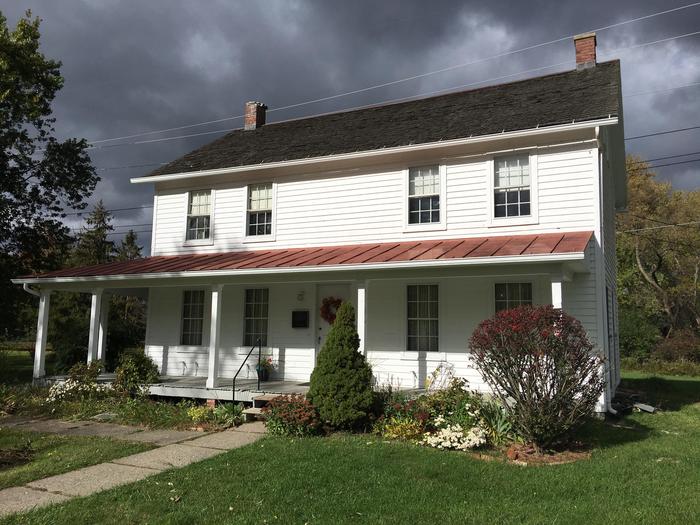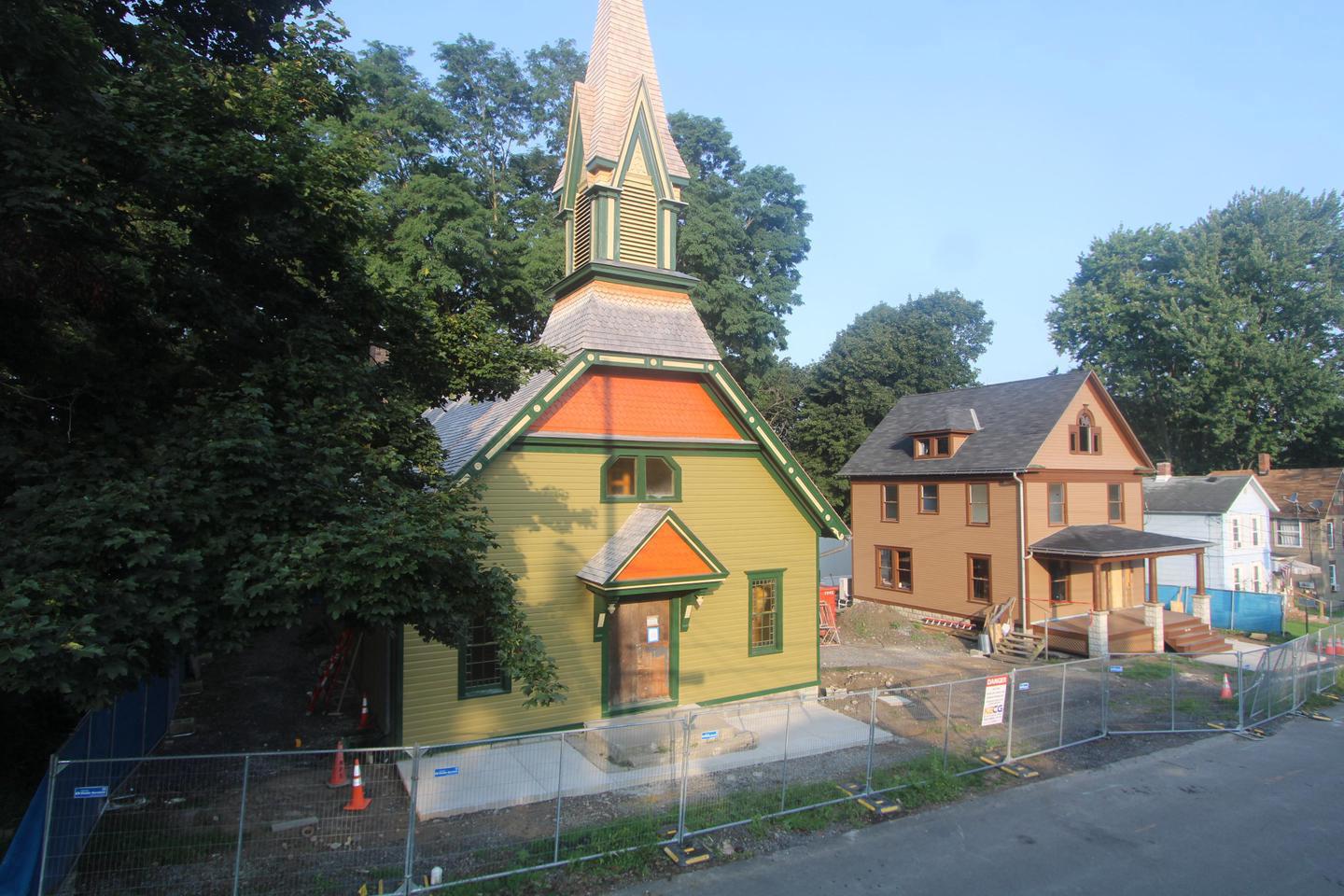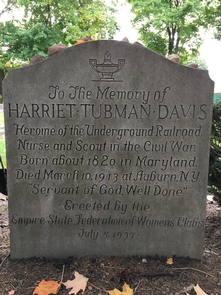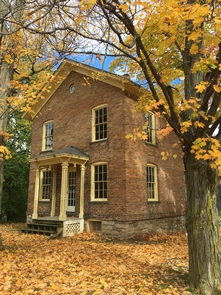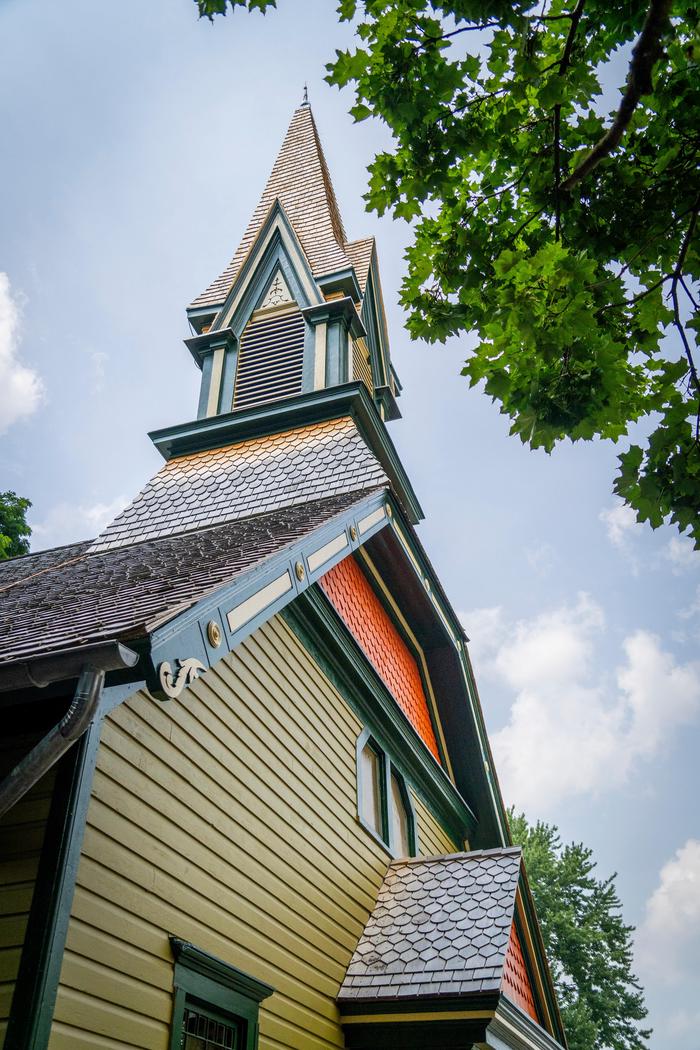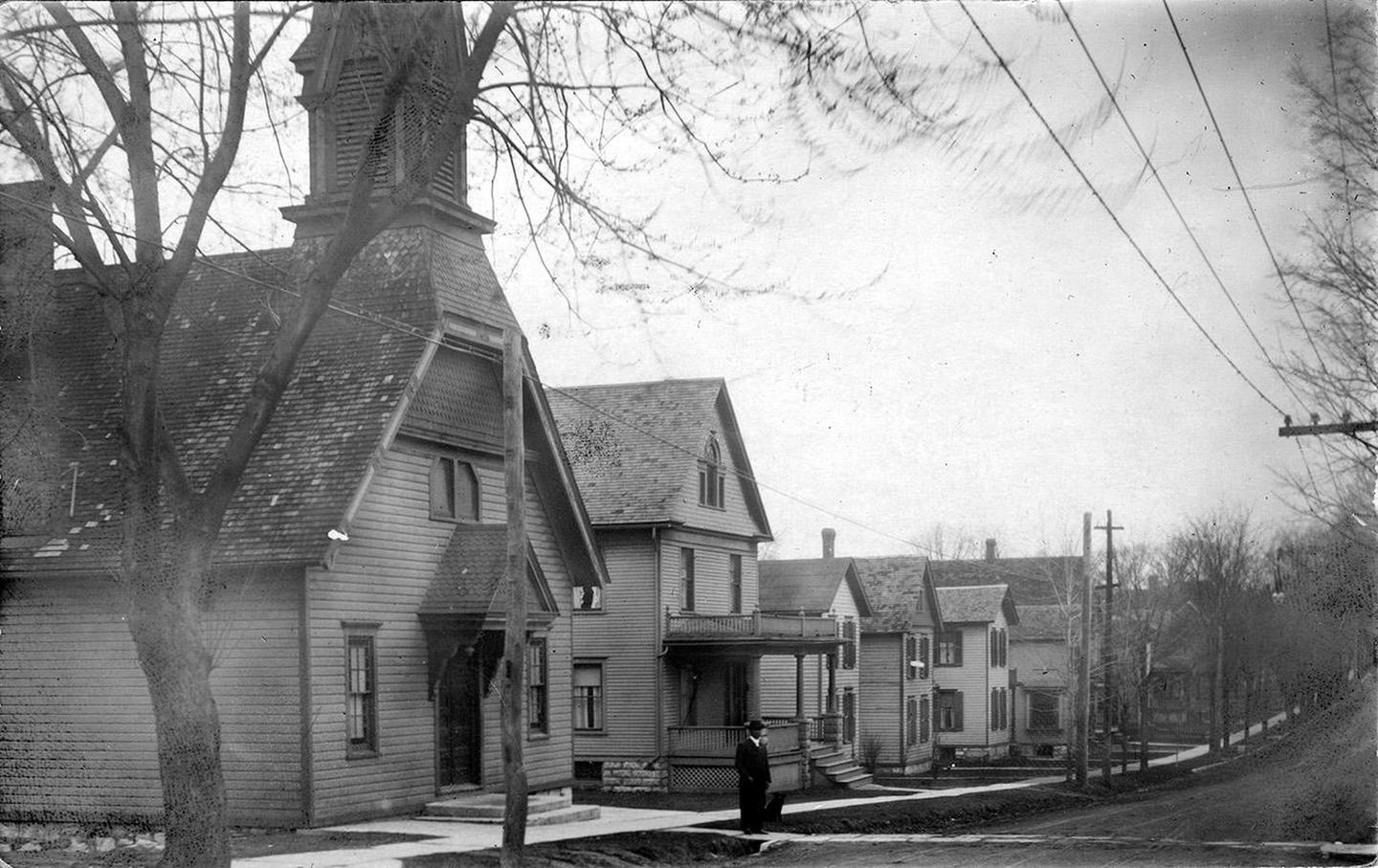Harriet Tubman National Historical Park
National Park Service, New York.
Harriet Tubman was guided by a deep faith and devotion to family, freedom, and community. After emancipating herself and members of her family, she moved them from Ontario, Canada to Fleming and Auburn, New York in 1859. Central New York was a center for progressive thought, abolition, and women’s suffrage where Tubman continued to fight for human rights and dignity until she died in 1913.
Nearby Activities
- Picnicking
Directions
Harriet Tubman National Historical Park includes the Thompson Memorial African Methodist Episcopal Zion Church and parsonage. The legislative boundary of the park also includes properties at 180 South Street which are operated by the Harriet Tubman Home, Inc. A related Tubman site separate from the National Historical Park is Fort Hill Cemetery, where Tubman is buried. View directions to these sites on our directions page.
